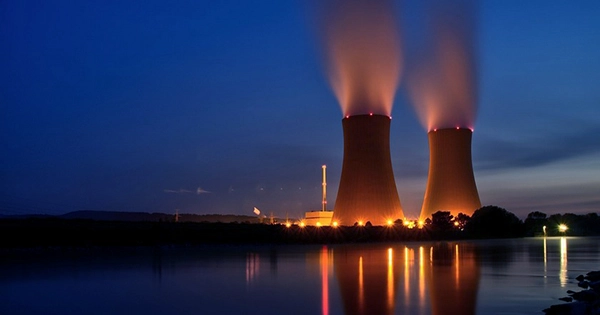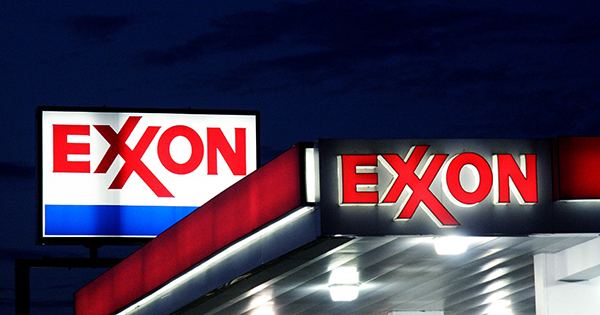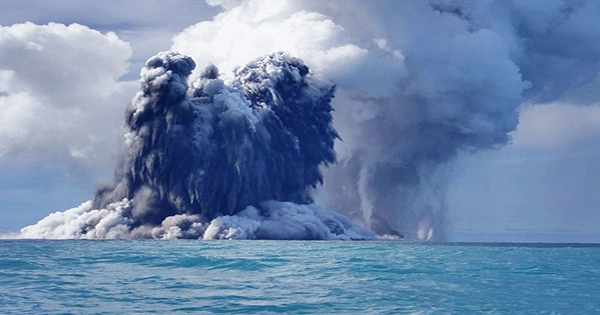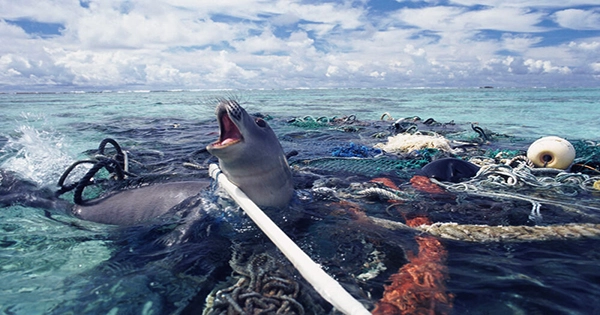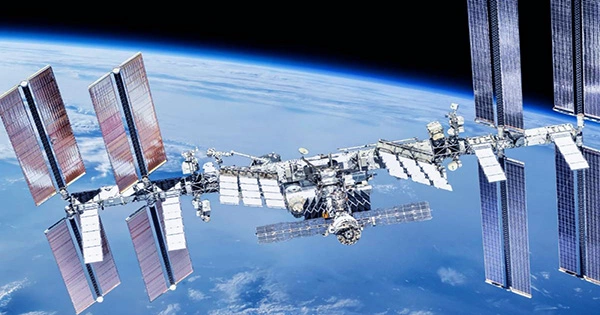According to a new analysis published in the journal Nature Energy, new-generation nuclear power plants may be critical to meeting the goal of zero emissions by mid-century and avoiding the worst of climate disasters. Solar and wind power are critical to achieving this objective, but they may not be enough without significant expenditures, especially in areas with little sun or wind.
To avoid the worst effects of global warming, humanity must keep the global average temperature below 1.5 degrees Celsius over pre-industrial levels. Energy production must reach zero emissions globally by 2050 to achieve this goal. Previous studies have indicated that by increasing solar and wind power plants, our species can easily cut emissions by 80%. Major expansions in energy storage and electricity transmission capacities are required to meet the aim of a 100 percent decrease.
Because the wind does not always blow and the sun does not always shine, this is the case. If these expansions aren’t or can’t be realized, more zero-carbon energy sources are needed, which is where advanced nuclear power plant designs come in. In a statement, lead author Lei Duan of Carnegie’s Department of Global Ecology said, “Under rigorous greenhouse gas emission regulations, reliable power generation supplied by nuclear power has a lot of potential value in the energy system for most nations.”
“Locations with limited wind resources can benefit from nuclear energy sooner in the path to zero emissions, whereas places with abundant wind resources would only require it to eliminate the last traces of carbon emissions.” The model examined 42 country-level regions and used current technology pricing to calculate the most cost-effective strategy to attain zero emissions. The experts discovered that nuclear power is the most cost-effective option.
“We looked at the most cost-effective strategy to reduce carbon dioxide emissions based on today’s prices. We discovered that, at today’s prices, nuclear power is the cheapest solution to eliminate all carbon emissions from electricity systems almost everywhere. Wind and solar, on the other hand, might potentially be the cheapest road to a zero-emission electricity grid if energy storage technologies become very inexpensive,” said Ken Caldeira, also of Carnegie’s Department of Global Ecology.
There are a lot of people that are opposed to nuclear power (we are talking fission here, rather than the still experimental fusion). One of the most pressing issues is the safe disposal of trash, as many countries continue to underinvest in this area. Finland, for example, is burying it in a special facility where it will be sealed for the next 100,000 years (though it will be safe in a few hundred years). Another common concern is the likelihood of a nuclear disaster; however, while this is a concern, it is crucial to keep it in perspective. Every year, millions of people die as a result of air pollution caused by coal and oil power plants.
According to the World Health Organization, the Chernobyl tragedy, the deadliest nuclear disaster in history, resulted in the deaths of 4,000 people. If energy storage technologies can be found, nuclear power may not be necessary, but if they cannot, we may not have many other options.
